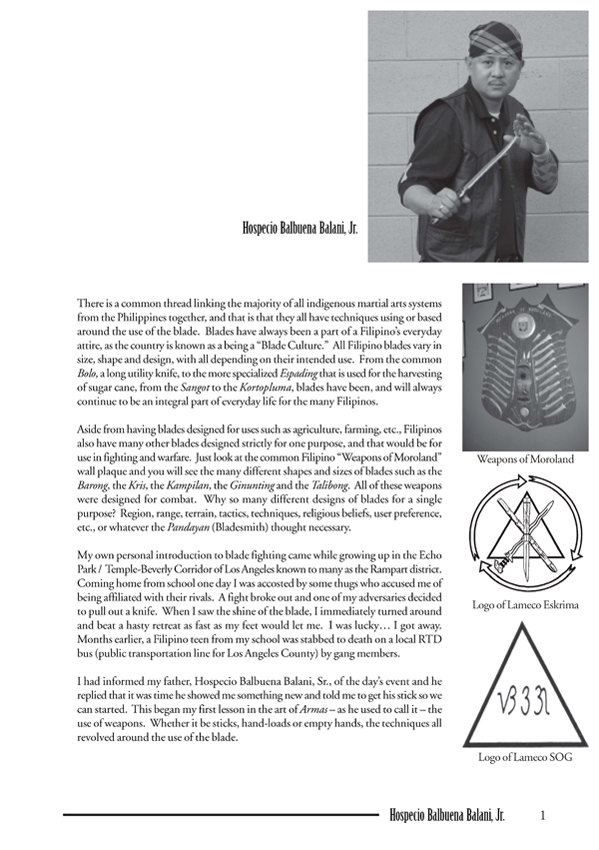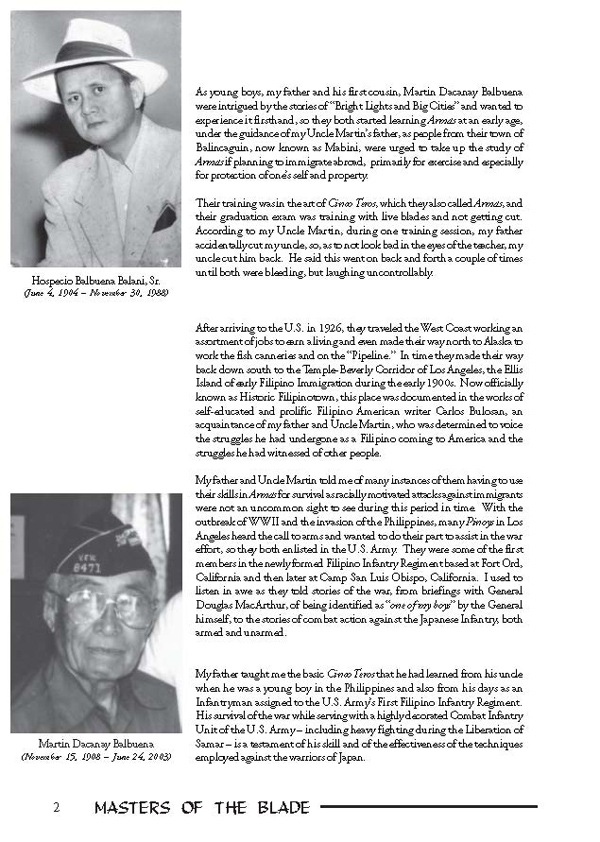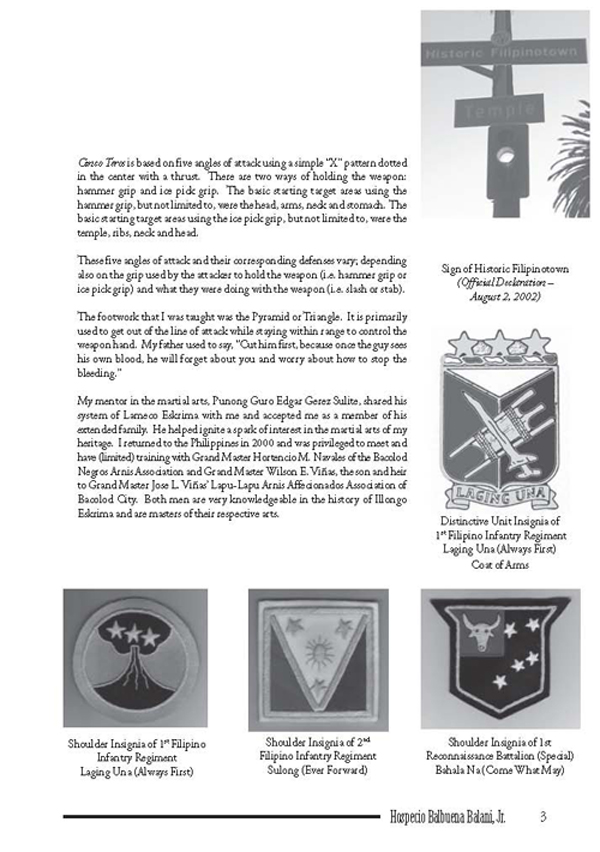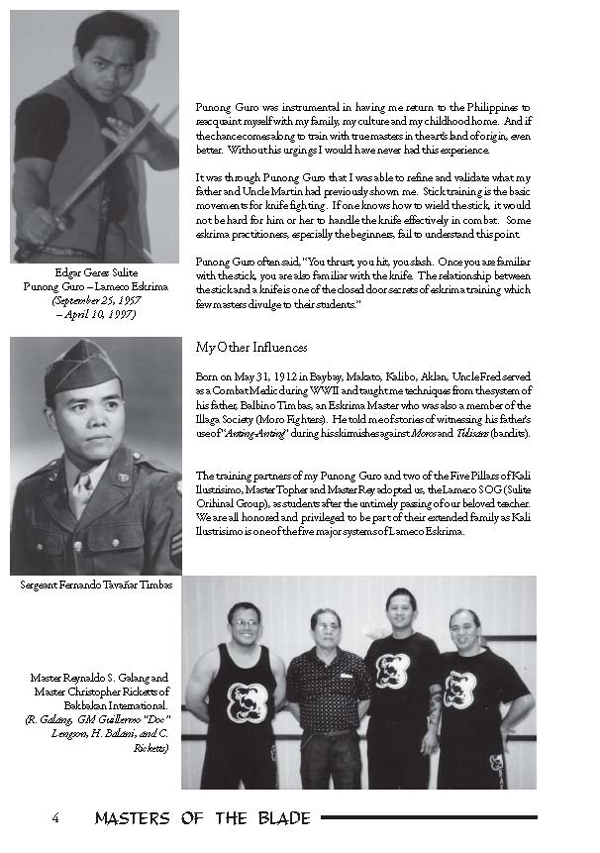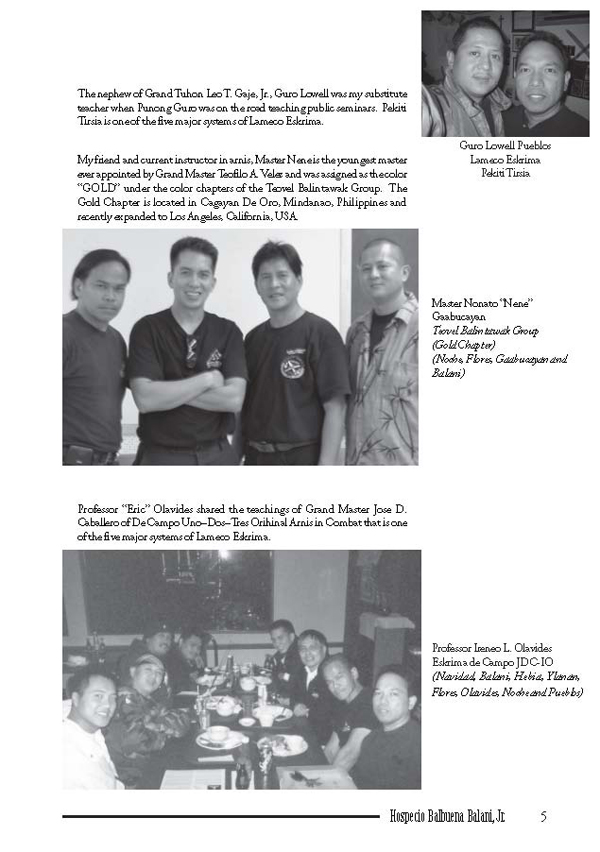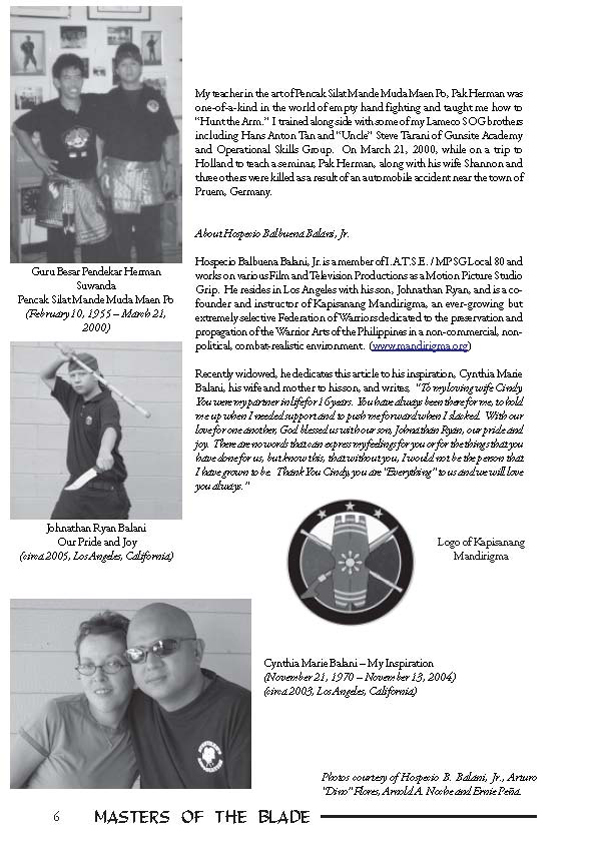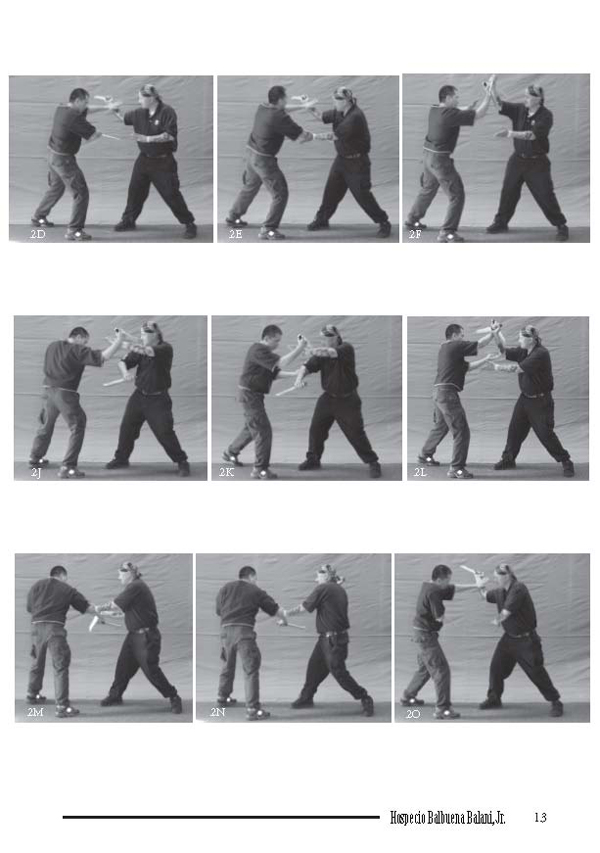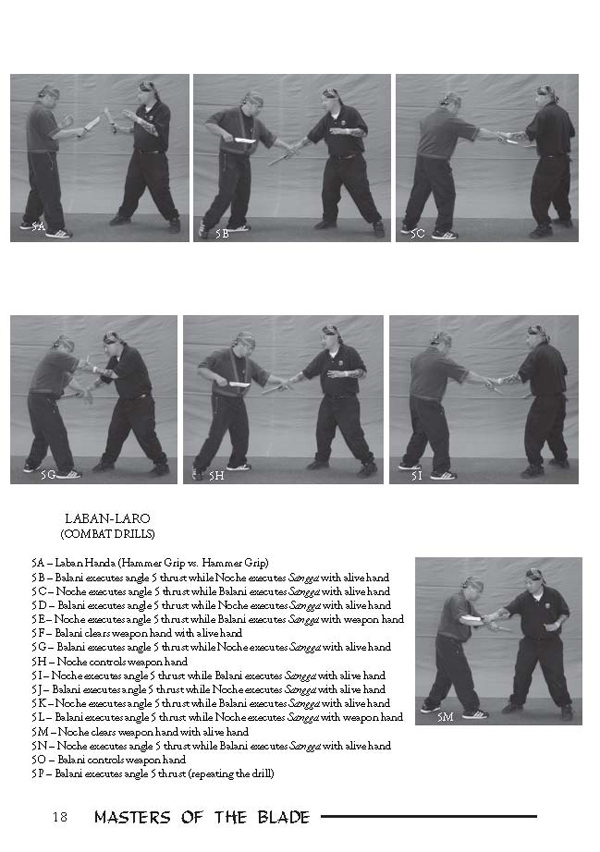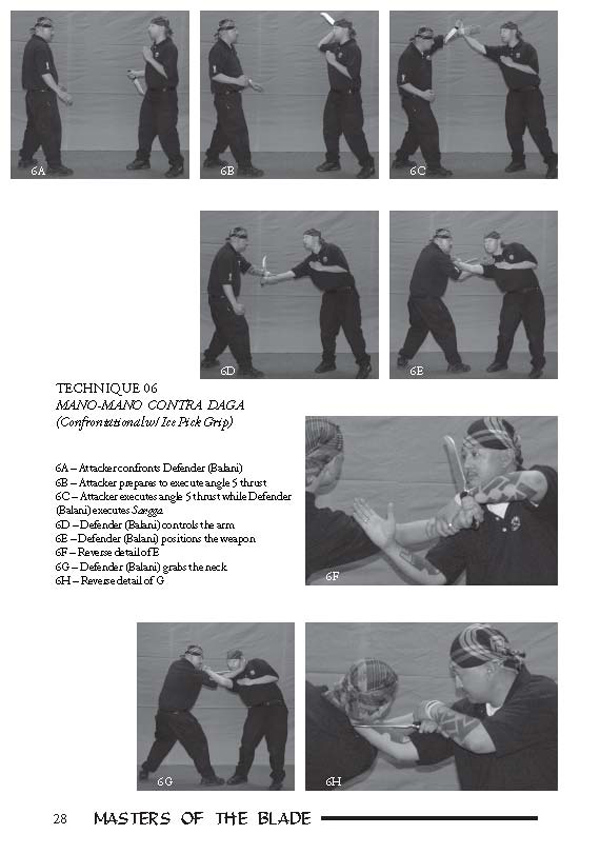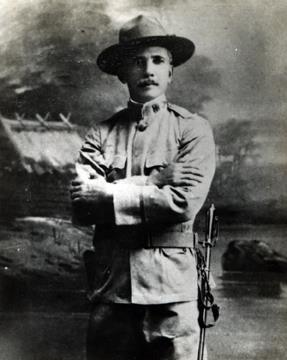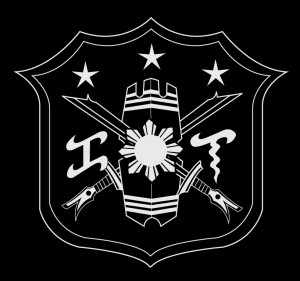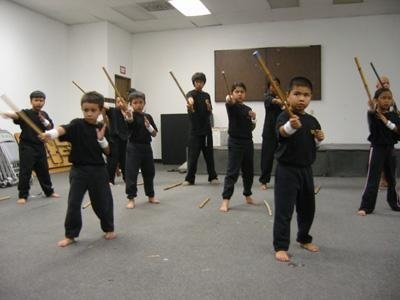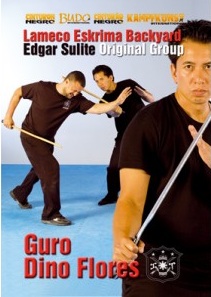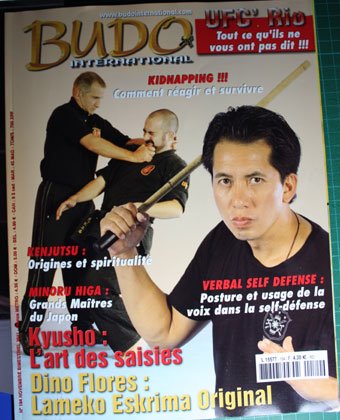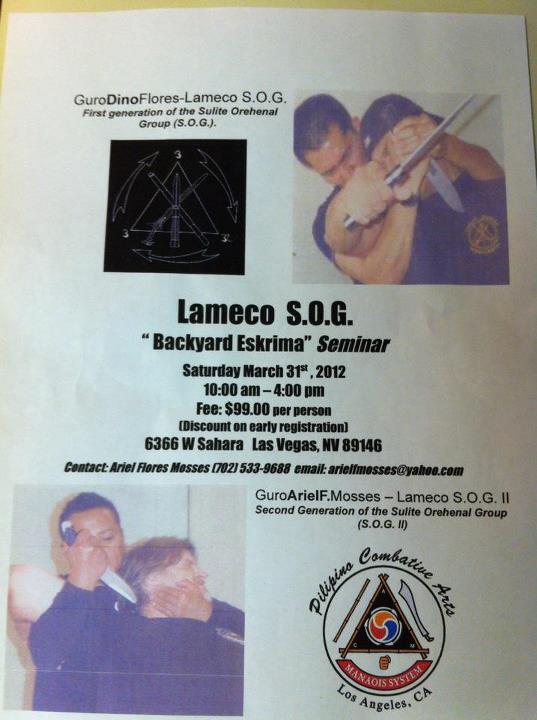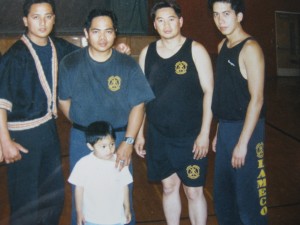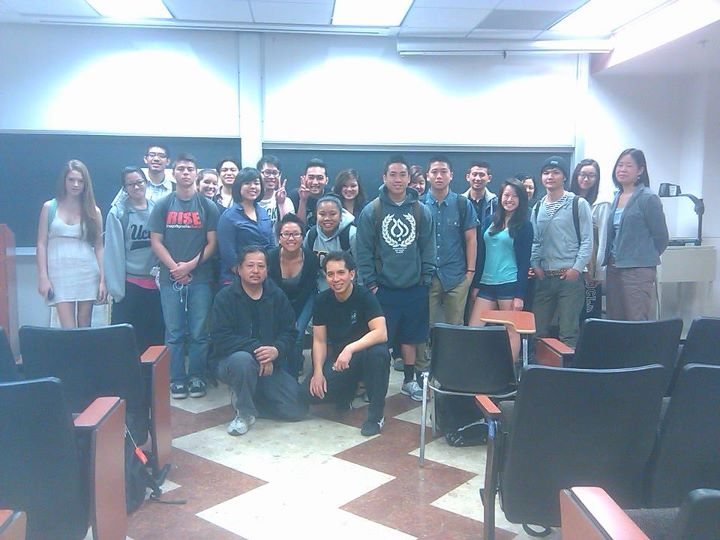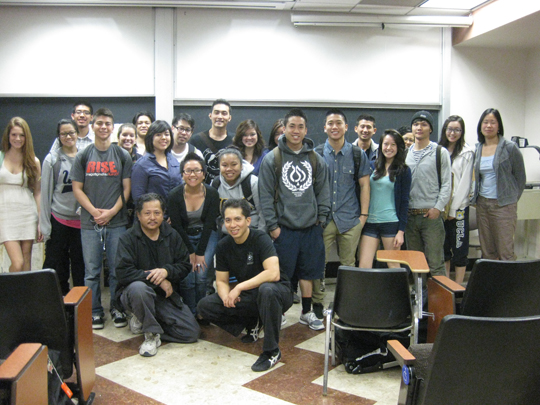Grandmaster Antonio “Tatang” Ilustrisimo (1904 – 1997)
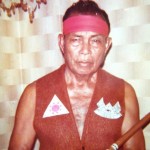
Grandmaster Antonio Ilustrisimo, Courtesy of Bakbakan International and Grandmaster Tony Diego
Grandmaster Antonio Ilustrisimo (1902 – 1997) originally came from Santa Fe in Bantayan Island. He came from a family that has a very long history of martials and mystical tradition. His cousin, Floro Villabrialle, was the most famous Arnis master of Hawaii. His youngest uncle, Regino Ellustrisimo, was an Arnis master in Stockton, USA. Both men were mentioned in Dan Inosanto’s book on Filipino martial arts. However, the most famous of his 4 direct paternal uncles, and the most powerful fighter of the 5 brothers (some say he has more than 7 uncles) was Melecio Ilustrisimo, one of the most famous Kali masters of the Philippines of the early 20th Century, being influential in northern Cebu – Bantayan and Bohol islands. All his forbears were expert warriors and were known to posses strange mystical powers.
Grandmaster Ilustrisimo’s students, fondly call him “Tatang” which means “grandfather”. Tatang learnt Arnis under the tutelage of his father (Isidro Illustrisimo) and uncles (especially the famous Melecio Ilustrisimo) in the old way. There were 3 famous Eskrima families in Cebu at that time:- the Ilustrisimos, the Saavedras, and the Romos.
Footwork was one of the first things he had to master. As a tiny boy, he was put on a small table and his teachers would use sticks to beat his legs. He had to learn how to avoid the blows. He was also put on 3 half coconut shells in a triangular pattern and given the same harsh treatment. This footwork is known as Tatlong Bao in the Ilustrisimo family.
As a result he has mastered evasion and dodging at an early age. This is a training that Melecio Ilustrisimo himself thoroughly mastered as he was said to have nailed one foot to the ground and challenge all and sundry to defeat him. No one could, and that footwork is called “Walong Apak” (Nail Footwork) in Kalis Ilustrisimo. These skills of evasive footwork have all been mastered by Grandmaster Antonio Illustrisimo.
He learnt the solo and double baston, espada daga, daga, bolo (sword), dos manos (a long stick/sword – roughly equivalent to the Samurai’s sword) and various “weapons of convenience”. In particular, as a speciality, Grandmaster Ilustrisimo is noted for is his expertise in bladed weapons – something which many modern Grandmasters of Arnis can not lay proper claim to since their real practical experience concentrated on the rattan sticks. (Claims by most systems that they can use swords are disputable and only partially true). This expertise as a swordman is not merely from personal experience and practice, but is the legacy of his family art of Ilustrisimo Kali which is a bladed art that stretches so far back in the family line that nobody could remember when it started.
As a boy, the young Ilustrisimo had a very tough, stubborn, determined and indominatable spirit. When he heard of a far country called ‘America’, he decided to go there – at the age of 9 years old! When his parents would not listen to his panderings, he ‘took’ some family money and a machete, and again, ‘took’ a small rowing boat and paddled out to the sea to what he thought would be America, not realising how far America really is. He fortunately chance across a ship. The sailors aboard were surprised to see a young boy rowing out in the sea. Out of curiousity, perhaps concern as well, there approached him and asked him where he was going. “I am going to America in this boat!” was the confident answer. The sailors rocked in laughter. They somehow persuaded him to come with them. Of course, he did not get to America. But he did sail to a few ports, still not quite realising that America is still very, very far away……….
At a port, he chance on a family friend who recognised him, but not wishing to betray the high ideals of this young boy, he took him to the south as that friend was a Muslim. There the young boy grew up – strong, determined, proud and skillful in combat as ever. He was adopted into a the royal court as an adopted son of the Sultan of Sulu. (This was Hadji Butu who ascended to become HH Hadji Mohammad Jamalul Kiram II, the Sultan of Sulu)
While in the South, he was priviledged to train in the the best of teachers that the royal court could have. He also trained with Pedro Cortes, another very famous master in the Mindanao region, who was used by the government to control the ‘Rebelious South’. Pedro Cortes was a close friend a sparring partner of his father Isidro Ilustrisimo.
Then one day, he was drinking at a beer house, he got into dispute with another man. The man drew his sword to kill Tatang, but the defty young boy beat him to the draw and, with one stroke of his own barong (Tatang’s favourite type of sword), he cut off the enemy’s head. The victim was left a headless man running wildly before collapsing. Since this was in self defence, this would have normally been ‘okay’ under the rules of that Islamic society, but the matter was complicated by his being under the influence of the drink (much frown upon), and plus the fact that the victim was from another royal clan that was a rival to the Sultan’s clan. To avoid inter clan warfare, the Sultan was forced to ‘exiled’ the young offender. The Sultan gave him a gift of money and sent under escort to a British ship to head home. He was only 17 years old then.
He returned to his parent’s place. They had not seen him since he left as a young boy (this indicates his spirit of determination and independence – and his courage to live away from home without his parent’s guidance) and thought he was dead. They were over-joyed to receive a telegram saying he was returning. But they couldn’t recognise him. A proud young man in Muslim dress walked towards them from the ship and it was only when he greeted them that they realised it was him.
He soon left to become a sailor, but when he had the oppotunity, he would continue to train in the fighting tradition of his family line.
Tatang used to hang around “rough places”. He is well known amongst the wharfies and bars. That was where he fought many times and honed his fighting skills. I have met many Arnis masters who are very good in what they do, but some of them privately admitted to me that even they are extremely careful when going to such areas that Tatang frequents because fighting and killing in bar/street fights is very different, and much more dangerous, than fighting an Arnis dual.
His life as a sailor gave him the oppotunity to travel from place to place. This provided oppotunities to contest fighters from other far-off regions – America, India, Europe, Australia…………….. He fought on many occassions, and was never defeated.
For example, he responded to a grandmaster match in Singapore to compete against a great Indonesian Penchak Silat grandmaster. The Indonesian climbed into the ring, warmed up, all ready to fight, but when he faced Tatang, he simply refused to fight and surrendered. Grandmaster Ilustrisimo said that is the highest art – to defeat an opponent without fighting him. Tatang was said to have used his ‘orascion’ or spiritual power to overcome the opponent. Grandmaster Illustrisimo thus won the prize money of $5,000. (Note:- Indonesian masters are experts in the use of spiritual power to overpower their opponents, but in this instance, Tatang’s power must have overwhelmed his expert opponent).
Grandmaster Ilustrisimo used to participate in Arnis matches in the fiestas in the local barrios occasionally when not at sea. However, due to his fondness for the blade, and his reputation as a fighter-killer, not many masters would dare to fight him. He only knows how to fight naturally – without restrictions – something that is not very comfortable for other masters. The only rule is the terms of defeat – when to stop the fight. He laments that he had to accept fights during his travels to practise a little of his art. eg. He fought a master in Calcutta. He also had some fights in the Middle East.
Grandmaster Ilustrisimo, however, had lots of practice during World War II where, as a guerilla, his boss often sent him on missions to kill both Japanese soldiers and local conspirators. He is said to have killed groups of people at a time. So reliable were his services that his code name in the guerilla movement was ‘The Executioner’.
In Manila, Grandmaster Ilustrisimo lived in Tondo, near the wharf area which was a very rough neighbourhood. Intimidation, robberies, muggings, fights and killings were common. Together with his friends (some of whom are well known to Western students of Arnis – Floro Villabraille, Jose Mena and Felicissimo Dizon), he fought these muggers, bullies and intimidators whenever they caused trouble. This ‘Gang of Four’ joked that since they were cleaning the docks of these troublemakers for the Police, they are in fact the ‘De Facto Dock Police’. (Note:- None of them, or their students, were actually employed as Police or security guards there, as some Westerners were lead to believe).
Grandmaster Ilustrisimo hung around his friends whenever he was not at sea. Occassionally, he would spar with them. Accounts independently related by various old sources who hung around them confirmed that Grandmaster Illustrisimo had sparred with Felicissimo Dizon quite a few times and was more than a match for him. It is also said that mutual Arnis friends wanted to arrange a formal match (ie. prize fighting) between Grandmaster Ilustrisimo and Felicissimo Dizon. Grandmaster Ilustrisimo, being a seasoned prize fighter, readily accepted. But the great Dizon turned down the offer citing that Grandmaster Illustrisimo is a larger man, a taller man with a longer reach, and thus they are in different categories and should not be matched. (Dizon was a formidable fighter with few defeats, most notably of which was from the great Illaus Romo. Also, a scheduled match between Dizon, Delphin Lopez and Cacoy Canette did not eventuate also because Dizon failed to turn up – according to Cacoy Canette).
While sojorned in Manila in the late 1930s, a young lad around 15 or 16 years old called Angel Cabales, became a staunch student of Felicissimo Dizon. A few years later, he left for USA (1939) and became internationally famous as the founder of Cabales Serada Eskrima which is very widespread in USA. (Angel was said to have learnt from Tatang too, but both Tatang and his students told me he is not Tatang’s student. He only learnt from Tatang because he knew how good Tatang was. He was regarded as Dizon’s student – Tatang does not pinch the students of his friends. In fact, Tatang only accepted students from the public in the mid 1970s when he was already in his mid seventies. It is admitted that Tatang did show and teach his personal friends, but they were never regarded as ‘students’. They were his friends. Such close friends included Felicissimo Dizon and the famous Floro Villabrialle, who was his cousin. I believe Timoteo Maranga was one such friend during the war time. Besides that, Tatang did not teach anybody who came to enquire)
Grandmaster Ilustrisimo used to frequent bars in the rough areas of Manila. He often got into fights in such hotspots. He had been arrested at least 17 times for killing, but he was always lucky to prove his innocence as self defence and was released every time. The last time he killed was when he was over 90 years old. He nearly went to jail for that.
Grandmaster Ilustrisimo retired from sea-faring in his advanced years, but not from active practice. Even in his old age, he received challenges from young fighters eager to build a name for themselves by unfairly bumping off an old man, but he survived and gave them a hiding instead.
In his advanced years, Grandmaster Ilustrisimo was partially blind, but he can still spar with his students using real bolos (swords) and exert control not to harm them. How does he “see” the student’s incoming bolos when he cannot properly see ordinary objects is still a mystery to most, but Dan Inosanto mentioned in his book that (Ilustrisimo’s cousin) Floro Villabrille’s favourite master was a blind princess. (Some sources indicate that this ‘princess’ was actually not blind, but partially blind, just like Tatang. And not a princess of Samar, nor Princess Josephina, but daughter of a chief. She was known to possess some mystical powers. Also, this story later as changed by later generations to ‘main’ or ‘best’ teacher - instead of ‘favourite’ teacher – in the sentimental sense, not favourite as ‘best’ teacher). Tatang insisted that while in Manila, he actually tutored Floro Villabrialle, who, earlier, was a student of his uncle Melecio Ilustrisimo. Tatang and was ‘unimpressed’ that the Americans were given the impression that Villabrialle’s main or best teacher was Princess Josephina.
——————————————————————————————
Antonio “Tatang” Ilustrisimo (1904 – 1997) was the Grand Master of Kali Ilustrisimo, a Filipino martial art bearing his family name.
Early life
Born in Bagong, Bantayan, Cebu in 1904. As a boy he studied eskrima from his father. At the age of nine he decided to travel to the United States, and stowed away on a boat he thought was headed for America. In actuality, he arrived in Mindanao, in the southern Philippine islands.
The Martial Arts
Antonio Alulud Ilustrisimo was one of the most well respected eskrimadors of the Philippines; He is famed for winning countless duels and street encounters, as well as serving as a guerrilla against the invading Japanese forces during World War II. GM Ilustrisimo was never defeated in combat, and earnt great respect as a result of his brave exploits against the Japanese.
In 1976 Antonio ‘Tatang’ Ilustrisimo accepted his first students Antonio Diego and Epifanio ‘Yuli’ Romo. After Tatang’s passing in 1997, Tony Diego was elected head of Kali Ilustrisimo. Other notable students include – Rey Galang, Christopher Ricketts and Edgar Sulite.
Publications
Antonio Ilustrisimo has been featured in many periodicals and Martial Arts publications. His First apperance was in The book titled Masters of Arnis, Kali, and Eskrima by Edgar Sulite. His life and art were also featured in the book titled Filipino Martial Culture by Mark Wiley. The art of Kalis Ilustrisimo had a section in the book Filipino Fighting Arts: Theory and Practice by Mark Wiley. The book titled The Secrets of Kalis Ilustrisimo was released in the United States. It was authored by two of his most prominent students, Antonio Diego and Christopher Ricketts.
